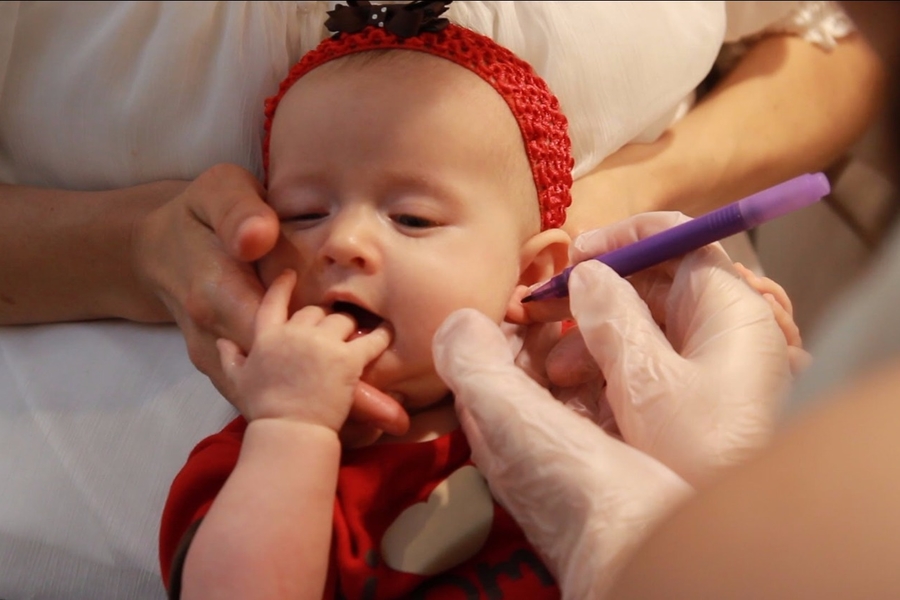
How should you go about piercing your child’s ear?
26 Jan 2016 | 3 min Read
Baby Chakra
Author | 501 Articles
Piercing your baby’s ears, especially girls, is an integral part of our traditions that date back many centuries. There are scientific, traditional and aesthetic considerations that play a part in the important decision of whether a baby’s ears should be pierced. There’s no doubt that your mind is brimming with questions and fears when it comes to ear piercing! When should this be done? What should and what shouldn’t be done? What methods can be considered? These tips may help you get prepared:
Timing:
For the best time to pierce your baby’s ears, the best thing would be to consult a doctor. While some pierce their baby’s ears only days after it’s born, some do it after 28 days or 6 months or some even consider it safe after 2 years! Your doctor may be able to tell when she is ready for it (the external ear lobe needs to mature a bit), and how to care for the baby’s ears once you pierce them.
Place:
Make sure that the piercing takes place in hygienic conditions. If possible, you can ask your paediatrician to pierce your baby’s ears, as many are practised in the procedure. You could also ask for a recommendation of a good doctor who can perform the procedure, or get it done from a reliable and reputed jeweller who has experience working on babies’ ears before.
How should the piercing be done?
The two most common methods are the gold wire piercing method and by using ear-piercing guns. Both methods are equally reliable. Make sure the needle in the ear piercing gun is sterilised. Gold wires are known to have antiseptic properties but the hands of the person doing it must be sanitised. Carry your feeding bottle, snacks or toys to entertain your baby so that she is distracted from the pain, which will pass in a short time.
Which metal should the piercing be done with?
Pure gold, platinum, titanium and surgical stainless steel earrings. None of these contain any nickel and are the safest option as children cannot have an allergic reaction to any of these. Many children are allergic to nickel and cobalt, so it is best to avoid these metals.
Post-piercing care:
Rub the ear lobes with cotton soaked in an antiseptic solution before the piercing is done. Post piercing, the wounds shouldn’t come in contact with water at all else puss could develop. Clean with an antiseptic solution and apply an ointment like Neospirin or Soframycin. Slowly twist the earrings in the ear hole to ensure that the metal doesn’t stick. If your child is older, she may not allow you to touch due to pain, do it gently while she is asleep. If you see excessive redness, blood or any other abnormality, please consult your doctor.
Also be careful that the gold ring doesn’t get stuck anywhere in her clothes, towel etc. If pulled, can make the wound sore and painful.
Do not remove the earrings for the first six weeks as the holes start to immediately close within this time period. The earrings can be replaced after six weeks, but make sure earrings are worn continuously for six months after it, so that the hole becomes permanent.
Piercing a child’s ears is a rite of passage for many, and a worrisome one, for some. Once you are in safe hands and hygiene and safety is ensured, it should get done in a breeze!
Source for banner image: Schmovies
A


Suggestions offered by doctors on BabyChakra are of advisory nature i.e., for educational and informational purposes only. Content posted on, created for, or compiled by BabyChakra is not intended or designed to replace your doctor's independent judgment about any symptom, condition, or the appropriateness or risks of a procedure or treatment for a given person.
